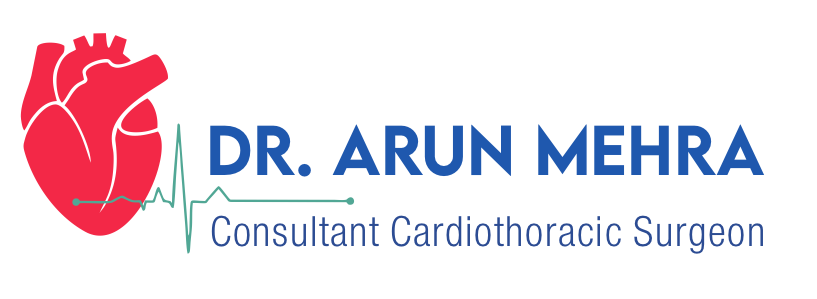Glossary
Here are the meanings of some commonly used technical terms in heart disease and reports:
Angina – Pain in chest. Usually occurs on exertion and is relieved by rest
Angina pectoris – A discomfort experienced when the heart muscle does not receive sufficient blood supply. It may consist of heaviness in the chest, a burning sensation or discomfort in the left arm, and in some cases a pain in the left jaw.
Angioplasty (or balloon angioplasty) – This procedure involves passing a catheter with a balloon into the artery. The balloon is then expanded in the artery to eliminate narrow areas in the coronary arteries.
Acyanotic – Refers to a group of congenital heart defects in which there is a normal amount of oxygen in the bloodstream, giving a pink color to the lips and nail beds.
Aorta – The largest artery in the body and the primary blood vessel which carries oxygenated blood out of the heart to the rest of the body.
Aneurysm – A sac-like protrusion from a blood vessel or the heart, resulting from a weakening of the vessel wall or heart muscle.
Angina or angina pectoris – Chest pain that occurs when diseased blood vessels restrict blood flow to the heart.
Arrhythmia (or dysrhythmia) – An abnormal heartbeat.
Arrhythmogenic right ventricular dysplasia (ARVD) – ARVD is a type of cardiomyopathy with no known cause. It appears to be a genetic condition (passed down through a family’s genes). ARVD causes ventricular arrhythmias.
Balloon valvuloplasty – A procedure to repair a heart valve. A balloon-tipped catheter is threaded through an artery and into the heart. The balloon is inflated to open and separate any narrowed or stiffened flaps (called leaflets) of a valve.
Coronary Artery – Arteries supplying blood to the heart
Closed heart surgery: An operation that repairs problems involving the blood vessels attached to the heart, and may not need the use of the heart-lung bypass machine.
Cardiac catheterization – A procedure that involves inserting a fine, hollow tube (catheter) into an artery, usually in the groin area, and passing the tube into the heart. Often used along with angiography and other procedures, cardiac catheterization has become a primary tool for visualizing the heart and blood vessels and diagnosing and treating heart disease.
CT Angio – This is a method of looking for blocks in the coronary arteries using CT Scan technology. At present it is a screening tool. (It is approximately 80 to 90% accurate.)
Coronary Angiography – This test is the gold standard for looking for blocks in the coronary arteries.
Echocardiogram (echo) – A procedure that evaluates the structure and function of the heart by using sound waves recorded on an electronic sensor which produce a moving picture of the heart and heart valves.
Ejection Fraction – Pumping capacity of the heart
Hypertrophic obstructive cardiomyopathy (also called HOCM, hypertrophic cardiomyopathy, asymmetrical septal hypertrophy, or ASH, or idiopathic hypertrophic subaortic stenosis or IHSS) – Enlarged heart muscle that causes impeded blood flow.
Heart murmur – An abnormal heart sound caused by turbulent blood flow. The sound may indicate that blood is flowing through a damaged or overworked heart valve, that there may be a hole in one of the heart’s walls, or that there is a narrowing in one of the heart’s vessels. Some heart murmurs are a harmless type called innocent heart murmurs.
Myocardial Infarction – Heart attack
Minimally invasive heart surgery – A variety of approaches using smaller incisions to reduce the trauma of surgery and speed recovery
Mitral valve – The mitral valve is the inflow valve for the left ventricle. It closes when the ventricle squeezes blood out to the body and then opens to let more blood into the ventricle.
Pacemaker – A small device that supplies current to the heart and can be implanted in the chest.
Stress Test – The patient is made to exercise on treadmill and any changes in the ECG are recorded. Positive stress test means that further investigations (usually coronary angiography) are required. (This test is about 68% accurate.)
Thallium test – Similar to stress test but can give more information particularly if patient has low ejection fraction (This test is about 78% accurate)
LIMA – LIMA (Left Internal Mammary Artery). This is an artery inside the chest that the surgeon commonly uses for constructing a bypass.

